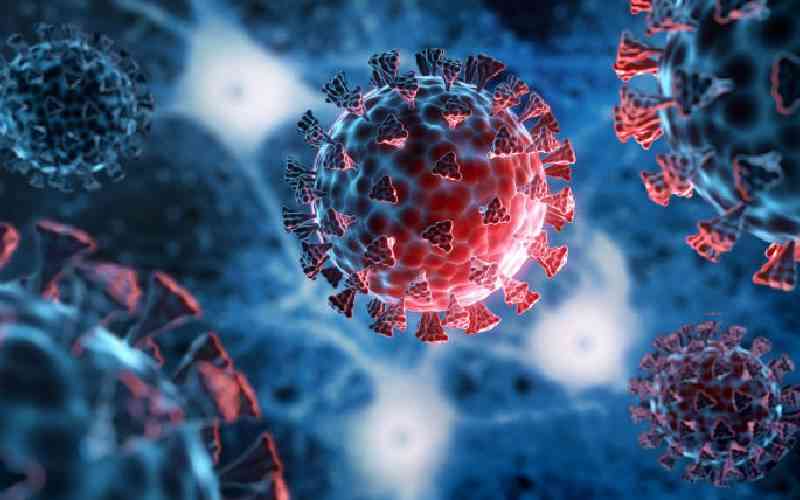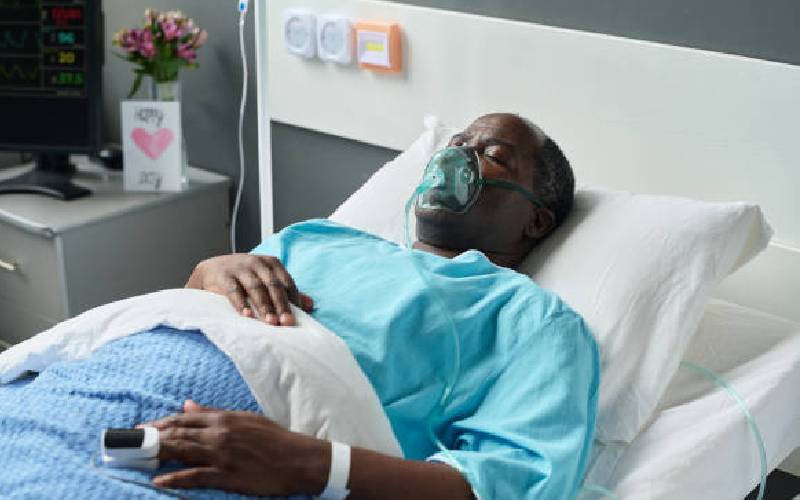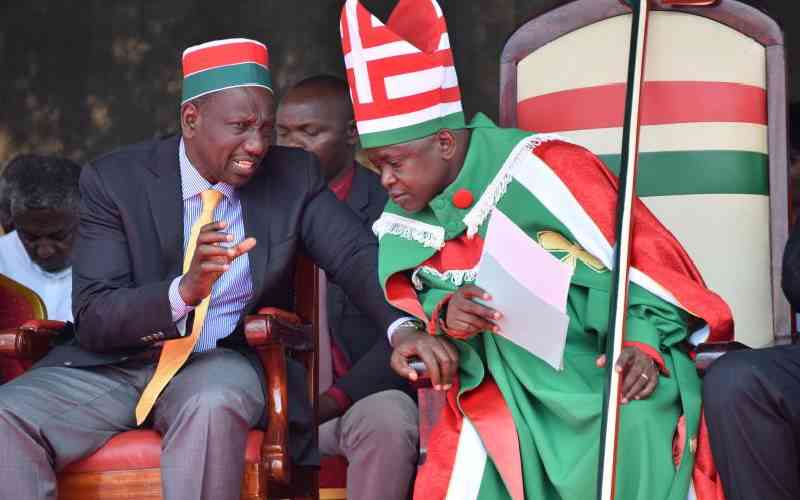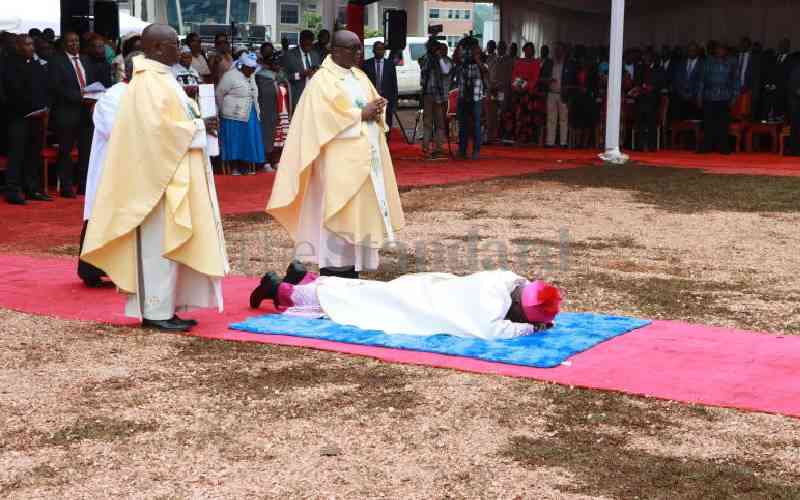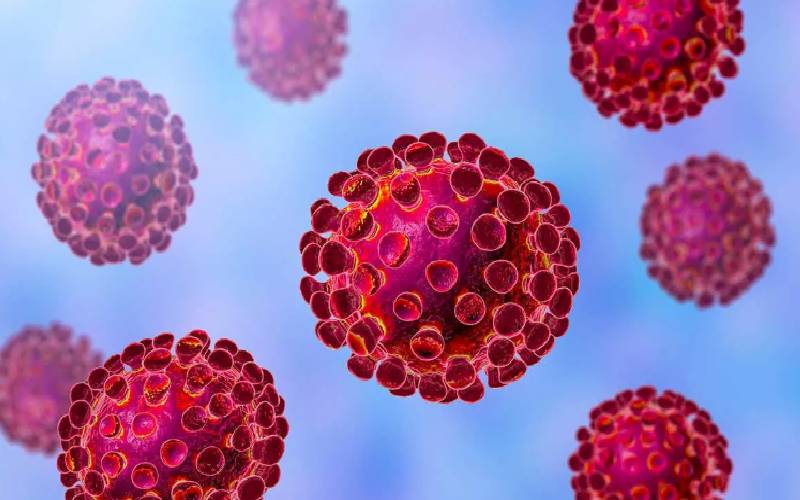
Epidemiologists measure how a disease spreads through a population using the “basic reproduction number,” otherwise known as R0. Typical seasonal flu has an R0 of 1.2, while that of Covid-19 is reported to be approximately 2.5.
R = Reproductive number: How many people a given patient is likely to infect. If R >1, each case on average is giving it to at least one other person. The epidemic will increase. R0 is affected by factors like population density, environment, host factors (age, immunity), etc. Typical seasonal flu has an R0 of 1.2, Spanish Flu had an R0 of 2-3, while that of Covid-19 is reported to be approx. 2.5. From a policy planning perspective, it offers a very clear objective: Reduce R<1.
D= Duration: How long someone is infectious. If someone is infectious twice as long, then that’s twice as long as they can spread the infection. For Covid-19, people are infectious for up to 21 days. This can usually be reduced by treatment but there is currently no approved treatment for Covid-19.
O= Opportunity: Is the number of contacts of the infected person during the duration of the infection. If people are isolated (no contacts), then community spread does not occur or is minimised. This is achieved through social distancing.
T= Transmission Probability: The chance an infection is spread to a contact, hence the need to eliminating physical contact and hand washing.
S= Susceptibility: Chance a contact will develop the infection and become infectious themselves. We are all susceptible to Covid-19. Susceptibility is usually taken care of by vaccines, which we do not have for Covid-19.
Another important number for understanding diseases is the Case Fatality Rate (CFR): What percentage of people who have a disease die from it? On one extreme, we have rabies, which has a 99 per cent fatality rate if untreated. On the other is the common cold, which has a relatively high R0 but is almost never fatal. As of yesterday, the crude CFR for Covid-19 was 5.3 per cent. I am calling it crude because thus far, testing has been selective. If testing protocols were to be expanded, this value will probably drop to 1 per cent or less. But we will work using this worst case scenario for now.
In the case of the Covid-19, exponential growth will occur in the disease rate in humans so long as there is at least one infected person in the population pool, regular contact between infected and uninfected members of the population occurs, and there are large numbers of uninfected potential hosts among the population.
Which brings us to the term “doubling time’’, which just means in this situation that cases/deaths will double in a given amount of time. Doubling rate in the US has been reported to be three days, while China has managed to spread it out (if we believe numbers from China, they are now at six days). The longer the doubling time, the better.
One last terminology I would touch on is Herd Immunity, which simply means when enough of the population has become immune to a disease agent, its spread stops naturally because there are not enough susceptible people for efficient transmission. For Covid-19, immunity would come through getting the disease (assuming that it confers life-long immunity).
Strategies we can employ to battle coronavirus:
Do nothing
Based on the data we have from other countries, the R0 is 2.5. That means, the population of people that will be infected to achieve Herd Immunity is: 1-1/R0, =60 per cent. This translates to more than 28,000,000 Kenyans getting it. 80 per cent will have mild disease or be asymptomatic (~22,000,000). 14 per cent will get severe disease and may need hospitalisation (~3,920,000), while 6 per cent will be critical and may need ICU facilities (~1,680,000).
Going by CFR of 5 per cent, it means ~1,400,000 Kenyans will die if we do nothing. I choose to stick with the global CFR of 5 per cent because even though we have a more youthful population, we have our own share of both communicable (HIV, TB, malaria, pneumonia, etc.) and non-communicable illnesses. Some people live in squalid conditions and are prone to other competing illnesses. We are still battling malnutrition and anaemia.
Stay informed. Subscribe to our newsletter
Doubling of new infections in the US is happening every three days. That means numbers will double 10 times in a month. Though we have not reached the exponential phase yet, if we use this rate for Kenya and we had 122 as of yesterday, double this number 10 times (122 x 2x2x2, etc.). That would be 124,928 cases one month from yesterday. If you do this for the next month the number will make you shed tears.
Do something
Since there are no antiviral medications for Covid-19 and no vaccine, we must rely on non-pharmaceutical interventions like social distancing and eliminating physical contact.
The impact of early and widespread social distancing is flattening the curve. The flattening minimises overwhelming the healthcare facilities and their resources (good) but lengthens the duration of the epidemic (not good). If the health system does become overwhelmed, the majority of the extra deaths may not be due to coronavirus, but to other common diseases and conditions such as heart attacks, strokes, trauma, bleeding, and the like that are not adequately treated.
If large numbers of Kenyans were to get very sick and start flooding into hospitals and health care facilities, our system will really be in for a test. Our health system could be overrun in a very short period of time. Figuring out how to plan for a massive influx of patients is one of the hardest parts of preparing for health emergencies, and it has yet to be adequately dealt with in Kenya.
“Surge capacity” management is one of our biggest weaknesses, particularly at a time when we have shortages of health workers and a weak supply chain management system. The national and county governments have spent very little on health care, choosing to focus on capital expenditure where there is something for them to ‘eat’.
Even in the course of this pandemic, health care workers are being appreciated by word of mouth but are not being protected, risking spreading this to patients, other workers, families as well as the public. The risk of Covid-19 being another nosocomial infection is very high. I digress, back to the strategies.
Mitigation
This is where the focus is to slow the growth of the epidemic. Instead of having it double every three days, for example, you put interventions in place to slow it down to double every seven days. This will ease the demand for health care services and give you breathing room. Interventions here include hospital isolation of confirmed cases, home isolation of suspect cases, home quarantine of those living in the same household as suspect/confirmed cases, and social distancing of the elderly and others at most risk of severe disease.
This has the potential to reduce infections and deaths by as much as 60 per cent (going by data from first world countries), and prevent the economy from collapsing completely (if it hasn’t already). So for Kenya for example, we will drop from 28,000,000 infections with no mitigation, to ~11,200,000, and 560,000 deaths (still going by CFR of 5 per cent)
Suppression
With suppression, you want to reduce the R0 to below 1, hence stopping transmission. This is what we are doing now. Travel restrictions, social distancing, school closures, curfews, stopping mass gatherings, etc. The only strategy that we haven’t adopted so far is sheltering in place, what people like to refer to as lockdown. The problem with this strategy is that it has enormous economic and social impacts.
And for as long as we live in a global village, there is a great risk of recrudescence, especially when you open the borders. It means you have to maintain the strategies until a vaccine is discovered and you have vaccinated at least 60 per cent of the population. Or until a cure is found. We are probably 6-12 months away from a solution (considering how clinical trials are being fast-tracked). There is the option of relaxing the strategies occasionally when R0 is low, but this means you must have a meticulous method of disease surveillance to pick up recrudesce early.
Balancing public health versus economic consequences
Infectious diseases, such as Black Death, plague, cholera, Spanish flu, SARS and even H1N1 Swine flu, have shaped economies throughout history. Covid-19 will definitely be on that list. How much economic value are we willing to lose to save a human life? Luckily, I am in public health and will sleep soundly knowing that I do not have to answer that question. In public health, saving life is more important than the social and economic effects (even though really, health and economy are joined at the hip).
Politically, a delicate balancing act has to be considered. How can policymakers tell if they are doing more good than harm? When making decisions, policymakers often use what’s called the Value of a Statistical Life to set an upper bound on how much you can impose on people in order to save lives. (I know many people will vomit at the thought of attaching value to human life).
If policymakers assigned an infinite economic value to each life, they would spare no expense (and be fearless in imposing any inconvenience). In reality, we have allowed Kenyans to take many risks all these years. Like living in congested neighbourhoods, wallowing in sewage and filth. We have allowed them to take risk by buying water from unknown sources because we have not met the demand.
In the villages, we have allowed them to drink from their bathrooms, that they also share with livestock. We have allowed dangerous driving, illicit brew, etc. to take over. All because the societal burden of eliminating those risks cannot be justified even though we know lives are unavoidably lost as a consequence. Let me not even start on the almost zero efforts we have made for cancer. But with Covid-19, we have gone bare knuckles.
Information
Let me just say we are in a once-in-a-century evidence fiasco. At a time when everyone needs better information, from disease modellers and governments, we lack reliable evidence on how many people have been infected with Covid-19. Better information is needed to guide decisions and actions of monumental significance and to monitor their impact. The data collected so far on how many people are infected and how the epidemic is evolving are utterly unreliable.
Given the limited testing to date, some deaths and probably the vast majority of infections due to Covid-19 are being missed. We don’t know if we are failing to capture infections by a factor of three or 300. To the Kenyan context, we don’t know what factors are being modelled. Kenya is a diverse country with densely populated counties like Nairobi, to less densely populated ones like Turkana.
One shoe cannot fit all. Modelling needs to be county-specific, and interventions as well needs to be by county. Of course the chain of command remains as MOH, but prescribing strategies for each county. How for example, will sheltering in place work for NALs where pastoralism is the order of the day? How will it be enforced? We have a majority of the elderly in the rural areas. What are we doing for them considering they are at risk of severe disease?
Is Kenya getting it right?
Based on the numbers I have shared above, I would say yes and no. Yes for the strategies we have put in place right now for social distancing. However, we have to have a scientifically determined threshold on when these can be relaxed or re-introduced. For this, there must be a robust surveillance system in place. They also have to be county-specific.
Let me state here though that no pandemic control has succeeded without social capital. The success of the ongoing strategies to mitigate community transmission will depend on how Kenyans collectively respond to the plea of physical distancing and hygiene.
No for two reasons. One, we are not testing enough. We should partner with certified private labs to scale up testing. We should acquire testing kits that can be used on Genexpert platforms that were provided by Pepfar and are available in all counties. Testing, testing, testing.
You test, isolate and trace to minimise community spread. Without this, we are swimming blind. Two, we are not protecting our health care workers. They are the first line workers that are at the greatest risk of acquiring Covid-19, transmitting it to other patients, as well as to the community.
Dr Nelly Yatich is an epidemiologist. The opinions expressed here are her own and not those of the Health ministry or other bodies involved in Covid-19 response
 The Standard Group Plc is a
multi-media organization with investments in media platforms spanning newspaper
print operations, television, radio broadcasting, digital and online services. The
Standard Group is recognized as a leading multi-media house in Kenya with a key
influence in matters of national and international interest.
The Standard Group Plc is a
multi-media organization with investments in media platforms spanning newspaper
print operations, television, radio broadcasting, digital and online services. The
Standard Group is recognized as a leading multi-media house in Kenya with a key
influence in matters of national and international interest.
 The Standard Group Plc is a
multi-media organization with investments in media platforms spanning newspaper
print operations, television, radio broadcasting, digital and online services. The
Standard Group is recognized as a leading multi-media house in Kenya with a key
influence in matters of national and international interest.
The Standard Group Plc is a
multi-media organization with investments in media platforms spanning newspaper
print operations, television, radio broadcasting, digital and online services. The
Standard Group is recognized as a leading multi-media house in Kenya with a key
influence in matters of national and international interest.



